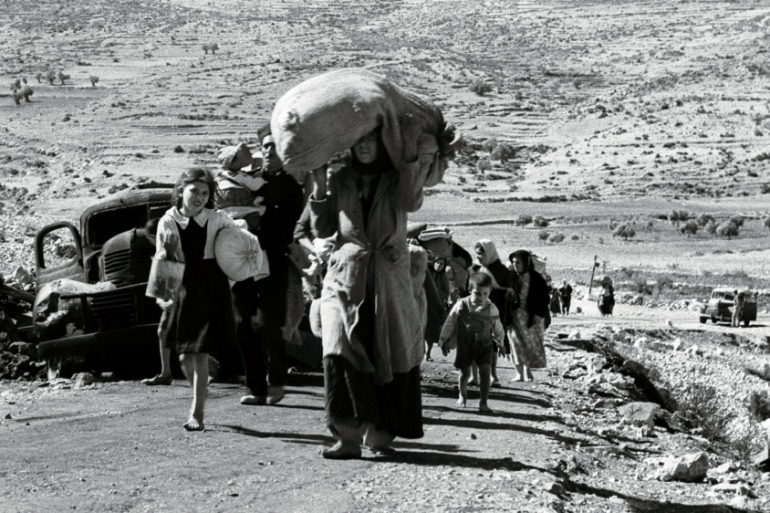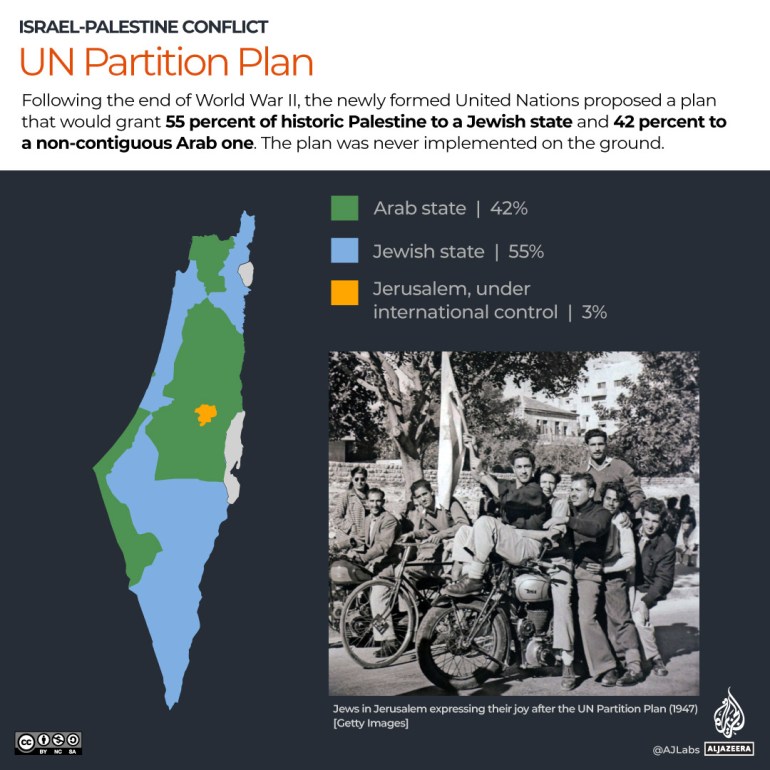23_10
Benin, Togo, 6 other Francophone West African countries dump CFA, adopt new currency
Benin, Burkina Faso, Guinea-Bissau, Ivory Coast, Mali, Niger, Senegal and Togo currently use the CFA.
All of these African countries are former French colonies with the exception of Guinea-Bissau.
Ivory Coast President Alassane Ouattara, speaking in the country’s economic capital Abidjan, announced “three major changes”.
He said apart from the change of name of the currency, the changes also included “stopping holding 50 per cent of the reserves in the French Treasury” and the “withdrawal of French governance” in any aspect related to the currency.
The CFA franc’s value was moored to the euro after its introduction two decades ago, at a fixed rate of 655.96 CFA francs to one euro.
The Bank of France holds half of the currency’s total reserves, but France does not make money on its deposits stewardship, annually paying a ceiling interest rate of 0.75 per cent to member states.
The arrangement guarantees unlimited convertibility of CFA francs into euros and facilitates inter-zone transfers.
CFA notes and coins are printed and minted at a Bank of France facility in the southern town of Chamalieres.
The CFA franc, created in 1945, was seen by many as a sign of French interference in its former African colonies even after the countries became independent.
Meanwhile, the Economic Community of West African States regional bloc (ECOWAS) has urged members to push on with efforts to establish a common currency, optimistically slated to launch next year.
The bloc insists it is aiming to have the Eco in place in 2020, but almost none of the 15 countries in the group currently meet criteria to join.
ECOWAS “urges member states to continue efforts to meet the convergence criteria”, commission chief Jean-Claude Kassi Brou said after a summit of regional leaders in Abuja on Saturday.
The key demands for entry are to have a deficit of less than 3 per cent of gross domestic product, inflation of 10 per cent or under and debts worth less than 70 per cent of GDP.
Economists say they understand the thinking behind the African countries’ currency plan but believe it is unrealistic and could even be dangerous for the region’s economies which are dominated by one single country, Nigeria, which accounts for two-thirds of the region’s economic output.
Nigeria’s Finance Minister Zainab Ahmed told AFP “there’s still more work that we need to do individually to meet the convergence criteria”.
ECOWAS was set up in 1975 and comprises Benin, Burkina Faso, Cape Verde, Gambia, Ghana, Guinea, Guinea-Bissau, Ivory Coast, Liberia, Mali, Niger, Nigeria, Senegal, Sierra Leone and Togo — representing a total population of around 385 million.
Eight of them currently use the CFA franc, moored to the single European currency and gathered in an organisation called the West African Monetary Union, or WAMU.
Israel and Palestine War
What is the Israel-Palestine conflict about? A simple guide by Fatai Olaitan Moshood
It’s killed tens of thousands of people and displaced millions. And its future lies in its past. We break it down.
Israel-Palestine conflict
What’s the Israel-Palestine conflict about? A simple guide
It’s killed tens of thousands of people and displaced millions. And its future lies in its past. We break it down.
Palestinians carry their possessions on their heads as they flee from a village in Galilee about five months after the creation of the state of Israel in 1948 [File: Reuters]
The Israeli-Palestinian conflict has claimed tens of thousands of lives and displaced many millions of people and has its roots in a colonial act carried out more than a century ago.
With Israel declaring war on the Gaza Strip after an unprecedented attack by the armed Palestinian group Hamas on Saturday, the world’s eyes are again sharply focused on what might come next.
Hamas fighters have killed more than 800 Israelis in assaults on multiple towns in southern Israel. In response, Israel has launched a bombing campaign in the Gaza Strip, killing more than 500 Palestinians. It has mobilised troops along the Gaza border, apparently in preparation for a ground attack. And on Monday, it announced a “total blockade” of the Gaza Strip, stopping the supply of food, fuel and other essential commodities to the already besieged enclave in an act that under international law amounts to a war crimes.
What’s the Israel-Palestine conflict about? A simple guide
It’s killed tens of thousands of people and displaced millions. And its future lies in its past. We break it down.

With Israel declaring war on the Gaza Strip after an unprecedented attack by the armed Palestinian group Hamas on Saturday, the world’s eyes are again sharply focused on what might come next.
Hamas fighters have killed more than 800 Israelis in assaults on multiple towns in southern Israel. In response, Israel has launched a bombing campaign in the Gaza Strip, killing more than 500 Palestinians. It has mobilised troops along the Gaza border, apparently in preparation for a ground attack. And on Monday, it announced a “total blockade” of the Gaza Strip, stopping the supply of food, fuel and other essential commodities to the already besieged enclave in an act that under international law amounts to a war crimes
But what unfolds in the coming days and weeks has its seed in history.
For decades, Western media outlets, academics, military experts and world leaders have described the Israeli-Palestinian conflict as intractable, complicated and deadlocked.
Here’s a simple guide to break down one of the world’s longest-running conflicts:
What was the Balfour Declaration?
- More than 100 years ago, on November 2, 1917, Britain’s then-foreign secretary, Arthur Balfour, wrote a letter addressed to Lionel Walter Rothschild, a figurehead of the British Jewish community.
- The letter was short – just 67 words – but its contents had a seismic effect on Palestine that is still felt to this day.
- It committed the British government to “the establishment in Palestine of a national home for the Jewish people” and to facilitating “the achievement of this object”. The letter is known as the Balfour Declaration.
- In essence, a European power promised the Zionist movement a country where Palestinian Arab natives made up more than 90 percent of the population.
- A British Mandate was created in 1923 and lasted until 1948. During that period, the British facilitated mass Jewish immigration – many of the new residents were fleeing Nazism in Europe – and they also faced protests and strikes. Palestinians were alarmed by their country’s changing demographics and British confiscation of their lands to be handed over to Jewish settlers.
What happened during the 1930s?
- Escalating tensions eventually led to the Arab Revolt, which lasted from 1936 to 1939.
- In April 1936, the newly formed Arab National Committee called on Palestinians to launch a general strike, withhold tax payments and boycott Jewish products to protest British colonialism and growing Jewish immigration.
- The six-month strike was brutally repressed by the British, who launched a mass arrest campaign and carried out punitive home demolitions, a practice that Israel continues to implement against Palestinians today.
- The second phase of the revolt began in late 1937 and was led by the Palestinian peasant resistance movement, which targeted British forces and colonialism.
- By the second half of 1939, Britain had massed 30,000 troops in Palestine. Villages were bombed by air, curfews imposed, homes demolished, and administrative detentions and summary killings were widespread.
- In tandem, the British collaborated with the Jewish settler community and formed armed groups and a British-led “counterinsurgency force” of Jewish fighters named the Special Night Squads.
- Within the Yishuv, the pre-state settler community, arms were secretly imported and weapons factories established to expand the Haganah, the Jewish paramilitary that later became the core of the Israeli army.
- In those three years of revolt, 5,000 Palestinians were killed, 15,000 to 20,000 were wounded and 5,600 were imprisoned.


What was the UN partition plan?
- By 1947, the Jewish population had ballooned to 33 percent of Palestine, but they owned only 6 percent of the land.
- The United Nations adopted Resolution 181, which called for the partition of Palestine into Arab and Jewish states.
- The Palestinians rejected the plan because it allotted about 56 percent of Palestine to the Jewish state, including most of the fertile coastal region.
- At the time, the Palestinians owned 94 percent of historic Palestine and comprised 67 percent of its population.


The 1948 Nakba, or the ethnic cleansing of Palestine
- Even before the British Mandate expired on May 14, 1948, Zionist paramilitaries were already embarking on a military operation to destroy Palestinian towns and villages to expand the borders of the Zionist state that was to be born.
- In April 1948, more than 100 Palestinian men, women and children were killed in the village of Deir Yassin on the outskirts of Jerusalem.
- That set the tone for the rest of the operation, and from 1947 to 1949, more than 500 Palestinian villages, towns and cities were destroyed in what Palestinians refer to as the Nakba, or “catastrophe” in Arabic.
- An estimated 15,000 Palestinians were killed, including in dozens of massacres.
- The Zionist movement captured 78 percent of historic Palestine. The remaining 22 percent was divided into what are now the occupied West Bank and the besieged Gaza Strip.
- An estimated 750,000 Palestinians were forced out of their homes.
- Today their descendants live as six million refugees in 58 squalid camps throughout Palestine and in the neighbouring countries of Lebanon, Syria, Jordan and Egypt.
- On May 15, 1948, Israel announced its establishment.
- The following day, the first Arab-Israeli war began and fighting ended in January 1949 after an armistice between Israel and Egypt, Lebanon, Jordan and Syria.
- In December 1948, the UN General Assembly passed Resolution 194, which calls for the right of return for Palestinian refugees.


The years after the Nakba
- At least 150,000 Palestinians remained in the newly created state of Israel and lived under a tightly controlled military occupation for almost 20 years before they were eventually granted Israeli citizenship.
- Egypt took over the Gaza Strip, and in 1950, Jordan began its administrative rule over the West Bank.
- In 1964, the Palestinian Liberation Organisation (PLO) was formed, and a year later, the Fatah political party was established.
The Naksa, or the Six-Day War and the settlements
- On June 5, 1967, Israel occupied the rest of historic Palestine, including the Gaza Strip, the West Bank, East Jerusalem, the Syrian Golan Heights and the Egyptian Sinai Peninsula during the Six-Day War against a coalition of Arab armies.
- For some Palestinians, this led to a second forced displacement, or Naksa, which means “setback” in Arabic.
- In December 1967, the Marxist-Leninist Popular Front for the Liberation of Palestine was formed. Over the next decade, a series of attacks and plane hijackings by leftist groups drew the world’s attention to the plight of the Palestinians.
- Settlement construction began in the occupied West Bank and Gaza Strip. A two-tier system was created with Jewish settlers afforded all the rights and privileges of being Israeli citizens whereas Palestinians had to live under a military occupation that discriminated against them and barred any form of political or civic expression.
23_09
Autopsy concluded: Read More...
Finally: Mobhad Dad Confession reveal
MohBad died after allegedly being treated for an infection. But following speculations that the singer may have died from unnatural causes, the police announced they would investigate the circumstances of his death.
In an interview with media personality Daddy Freeze, Daddy Showkey also suggested unnamed influential figures may be behind the singer’s death.
“Daddy Freeze, do you know after my last interview with you, I received a lot of death threats? Did you know after that interview, that even people in government were threatening me?
“I told them that they should go and watch your interview. Did I say anything wrong? And what I’m saying, I’m telling the truth. You would not believe what I went through. I did not sleep throughout that night. They were just threatening me.
“Daddy Freeze, I don’t know what you are going through with all these things you are doing o. Because of the kind of threats, I come dey talk say what of you?”
He also said the land where the singer was laid to rest was his sole property, adding that he had given it to him to build a church.
“In Yoruba land, his corpse is not the kind to be kept when both of his parents are still alive,” he said.
“Assuming he died at an older age, we might have considered putting his body in the mortuary and taking it at a later date. That same night we took him away from there and buried him where we did.
“That land where Mohbad was buried is his only land, that is the only land I know him to have owned.
“Truly he gave me the land to build my church because we had both agreed to build the church there and since that’s the only land I knew him to have.”
On September 14, Aloba revealed that Mohbad had passed away after receiving an injection administered by an auxiliary nurse.
He also urged the public not to blame Naira Marley, Mohbad’s former label boss, for his son’s death.
Mobhad: They are trying to k!ll me...
MohBad died after allegedly being treated for an infection. But following speculations that the singer may have died from unnatural causes, the police announced they would investigate the circumstances of his death.
In an interview with media personality Daddy Freeze, Daddy Showkey also suggested unnamed influential figures may be behind the singer’s death.
“Daddy Freeze, do you know after my last interview with you, I received a lot of death threats? Did you know after that interview, that even people in government were threatening me?
“I told them that they should go and watch your interview. Did I say anything wrong? And what I’m saying, I’m telling the truth. You would not believe what I went through. I did not sleep throughout that night. They were just threatening me.
“Daddy Freeze, I don’t know what you are going through with all these things you are doing o. Because of the kind of threats, I come dey talk say what of you?”












